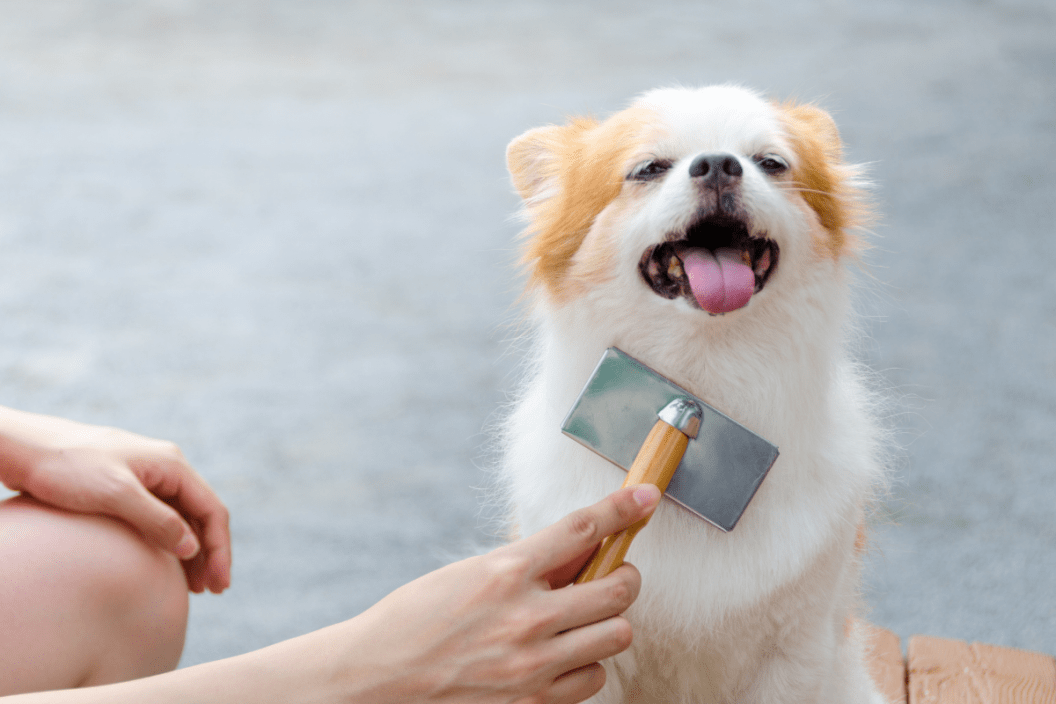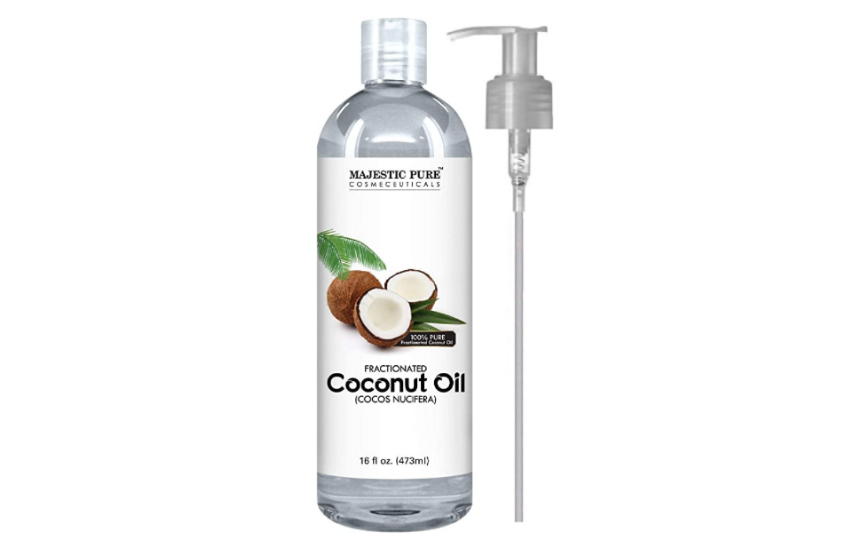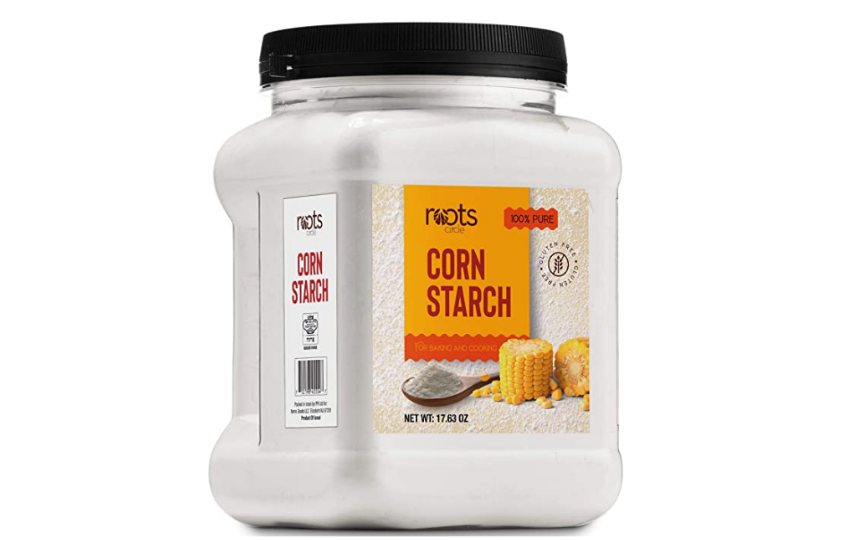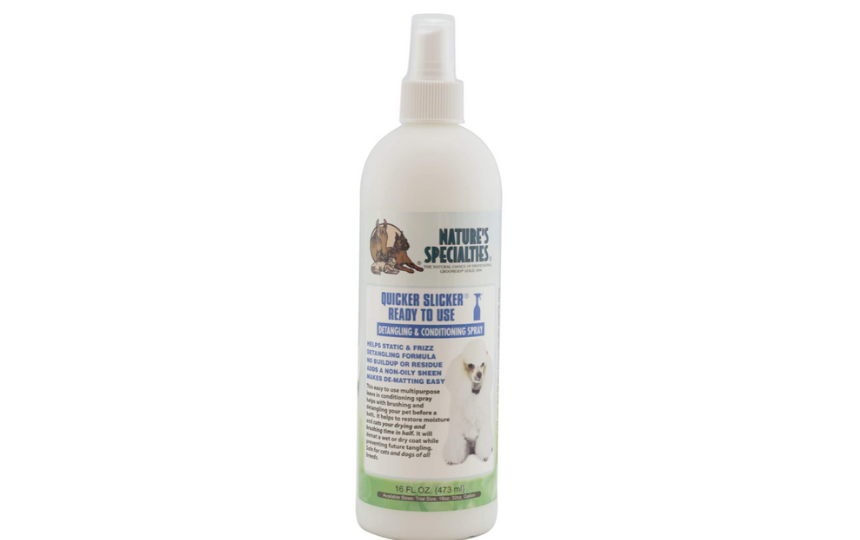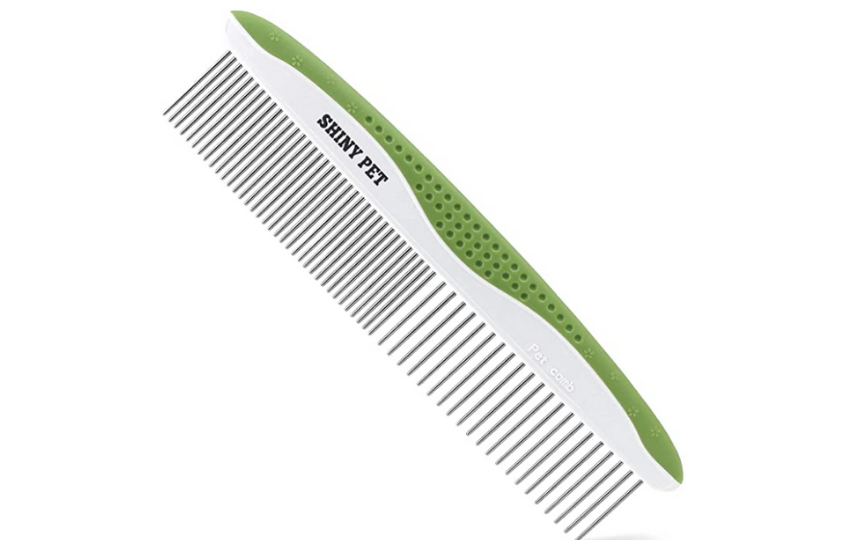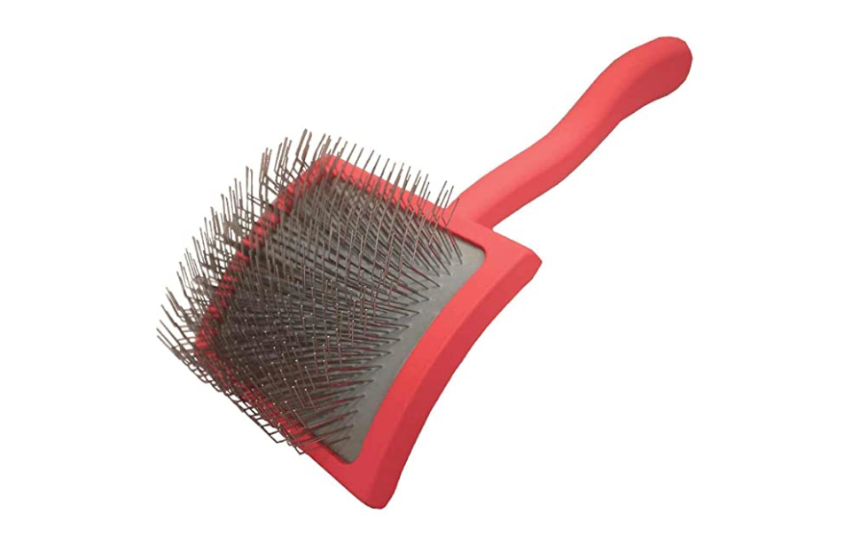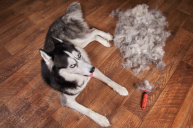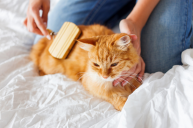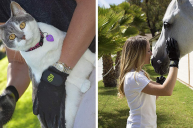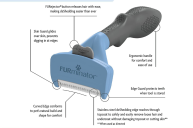Lots of shedding can mat dog hair no matter how much brushing pet owners do. So, how can you help Fido out?
Long-haired dog owners struggle with the daily hassle of keeping their pup's locks smooth and knot-free. Dogs with a thick undercoat, plus long coats, can be especially difficult to maintain during shedding season or when they go through what is known as coat blow. With these pooches, a regular brushing doesn't always cut it. Matted dog hair can also occur in dog breeds with curly hair, such as Yorkies, Poodles, and other similar breeds. These dogs' coats need regular brushing and trimming to keep them looking sharp since their hair continues to grow, much like our own.
While keeping your furry friend's coat from becoming a mess can be challenging, with some simple techniques and great tools, you can keep your dog's fur from becoming matted and difficult to manage.
Why Does Dog Hair Mat?
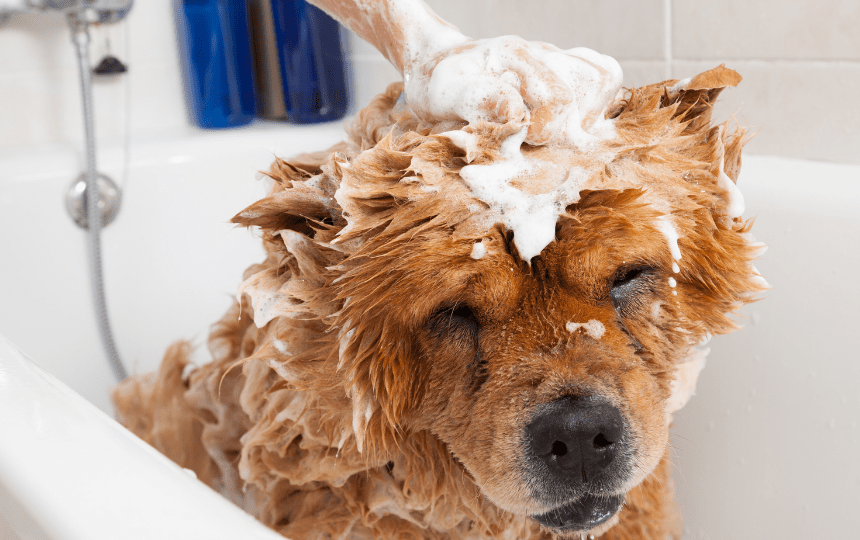
A dog's coat or fur begins to mat when loose dead hair piles up and binds together with live hair — Mats become worse as they start to pile on top of one another. Before you know it, your pup has thick, matted hair. Shedding season is one of the major culprits of matted fur, and with so much hair is coming off your pup at once, it can easily become tangled without regular grooming. For most pups, a brush or comb will do the trick. While mats can occur on pup's entire coats, some areas experience severe matting more than others. Pet parents need to be diligent about brushing their dog's ears, armpits, collar area, feet, rear legs, and tails.
Some coat types are more prone to matted hair than others. Long-haired and double-coated dogs can have matting that can turns into a pelt if it goes too long. Doodles often have issues with their coat matting along with Cocker Spaniels, Shih Tzu's, Bichon Frises, Bearded Collies, and Rough Coat Collies. My dog was a Border Collie mix, and she tended to have matting issues on her tail as she got older, which was caused by a mix of shedding and her being very sensitive about it being brushed.
Tricks For De-Matting Dog Hair

RELATED: 12 Dog Breeds That Need Consistent Grooming
As pet parents, we try to prevent mats from happening in the first place by brushing our dog's fur and maintaining a healthy coat. Unfortunately, pups can't always stay mat-free, especially as they get older, so the next best thing is having some quality de-matting tools on hand to address the matted areas before bigger health issues such as skin irritation set in.
Coconut Oil
Coconut oil is a fabulous product for your pup's coat. It keeps their skin smooth and helps soothe any irritation. It also is a great tool for combing out mats. A few pumps onto the matted area paired with a good comb will get most of the stubborn knots out.
Corn Starch
Corn starch is a great product for getting a matted coat under control, and as a bonus, most pet parents have it at home already. It also is easier on your dog's skin. Take a big scoop and sprinkle it onto the mats. Rub it in, then gently brush. Finally, wash your dog with your favorite shampoo and conditioner when you are all done.
Detangling Spray
Detangling spray is a go-to for tricky mats. Spray a generous amount on a small section, let it sit for five minutes, and use a comb to work out the mats. This spray also moisturizes and de-frizzes your pup's coat leaving it shiny and tangle-free.
Dog Comb
The detangling dog comb is gentle on your pup's fur and skin with round teeth that work through tough knots and tangles. The ergonomic handle is easy to hold and has a non-slip handle. The comb even comes with a how-to guide to make the process easier.
Dog Brush
This brush fits the bill if you want to feel like a professional without going to the groomers. The bristles on this slicker brush retract so they will not scratch your pup's skin. It is the perfect brush for fluffy breeds, especially Poodles and Doodles.
When Is It Time To See A Professional Groomer?
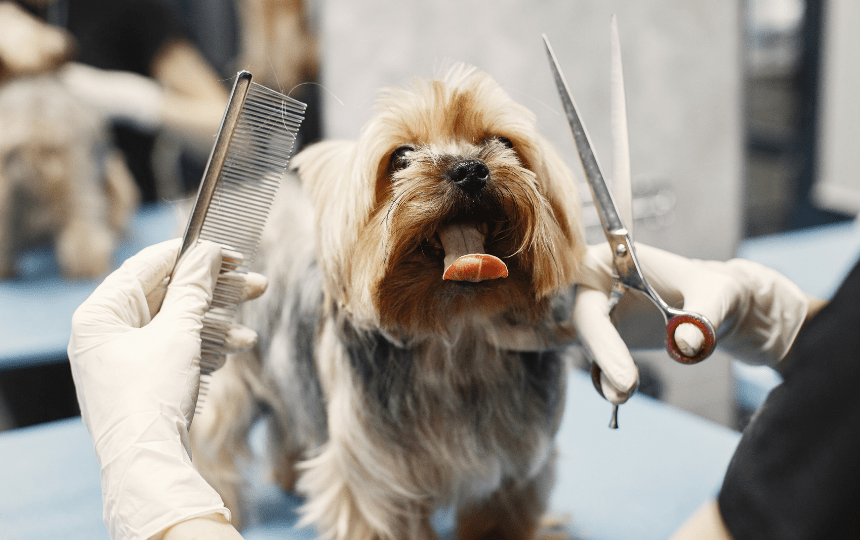
Most of the time, pet parents can get mats out at home. However, if your dog is sensitive or you are not comfortable using clippers around their paws or hindquarters, it may be time to take them to the dog groomers. While you may not have to get dog grooming all of the time, your dog's breed will determine if you need to make frequent appointments. With high-maintenance breeds, you may have to visit the groomer every six weeks when your pup's shedding is in full swing. But, it definitely will depend on your dog and your ability to keep up with their frequent brushing needs.
How do you handle your dog's mats? Tell us on our Wide Open Pets Facebook page.
